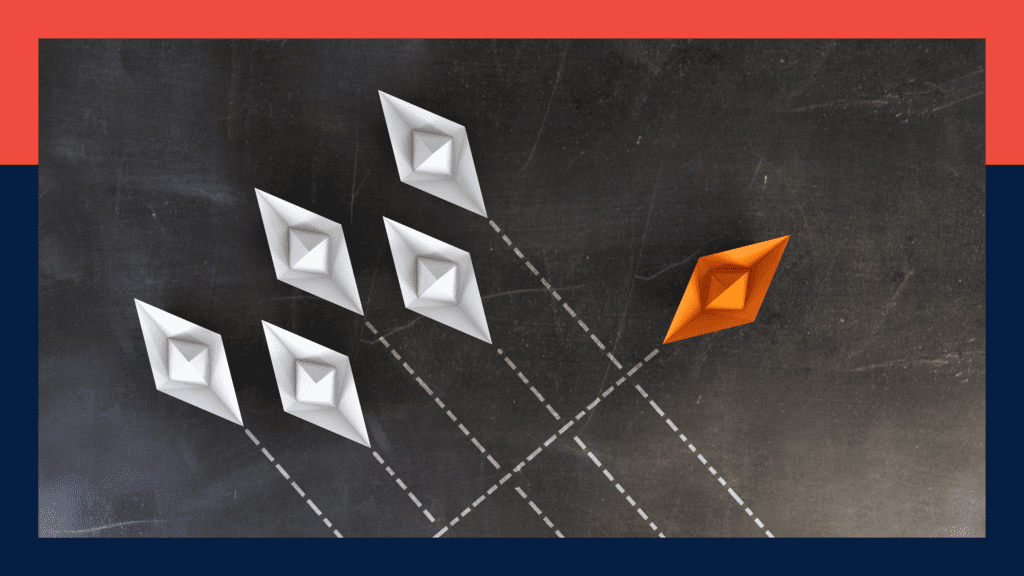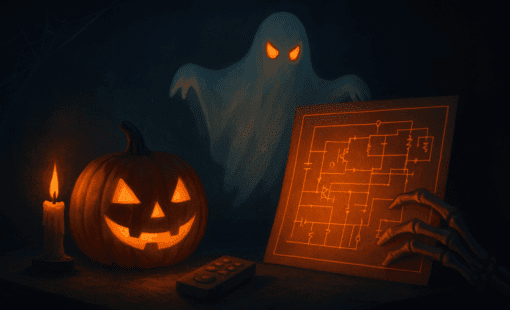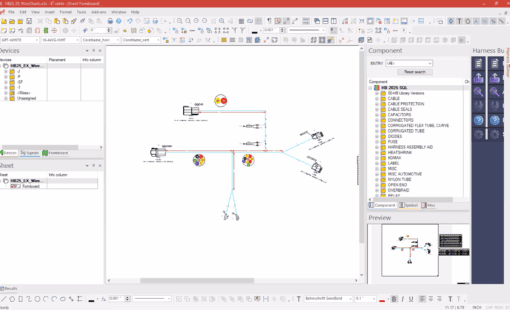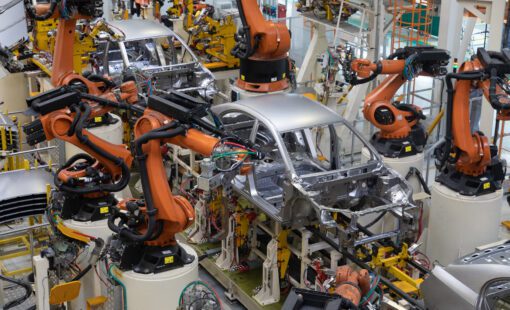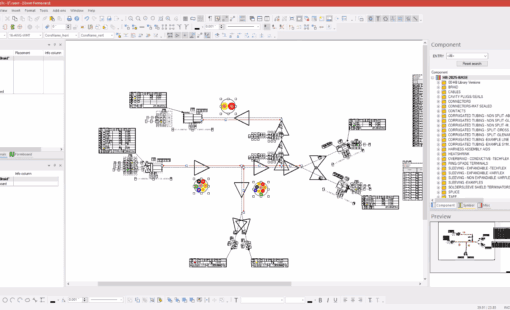Automated wire processing machines are not new to the market. The technology to cut and process wires has been around for a long time. Initially, it was a simple replacement for the manual wire stripper and cutter. Despite its inherent simplicity, manually cutting wires has several drawbacks. The biggest drawback is the sheer inefficiency of manually measuring, cutting, and stripping wires. It is detrimental not only to the process but also to the person. For instance, cutting wires manually in large quantities is known to cause repetitive strain injuries, at times leading to chronic pain and other ailments.
Moreover, the error rate and wastage caused by manual wire processing are staggering. Simply put, simplicity, in this case, is not worth the price. As a result, harness manufacturers and electrical cabinet designers are increasingly turning towards automation to speed up the quote-design-manufacturing process. Several engineering and assembly options are available for automating the manufacturing process. Designing, procuring, handling, preparing, and connecting the wiring forms the core of any cable and harness manufacturing process.
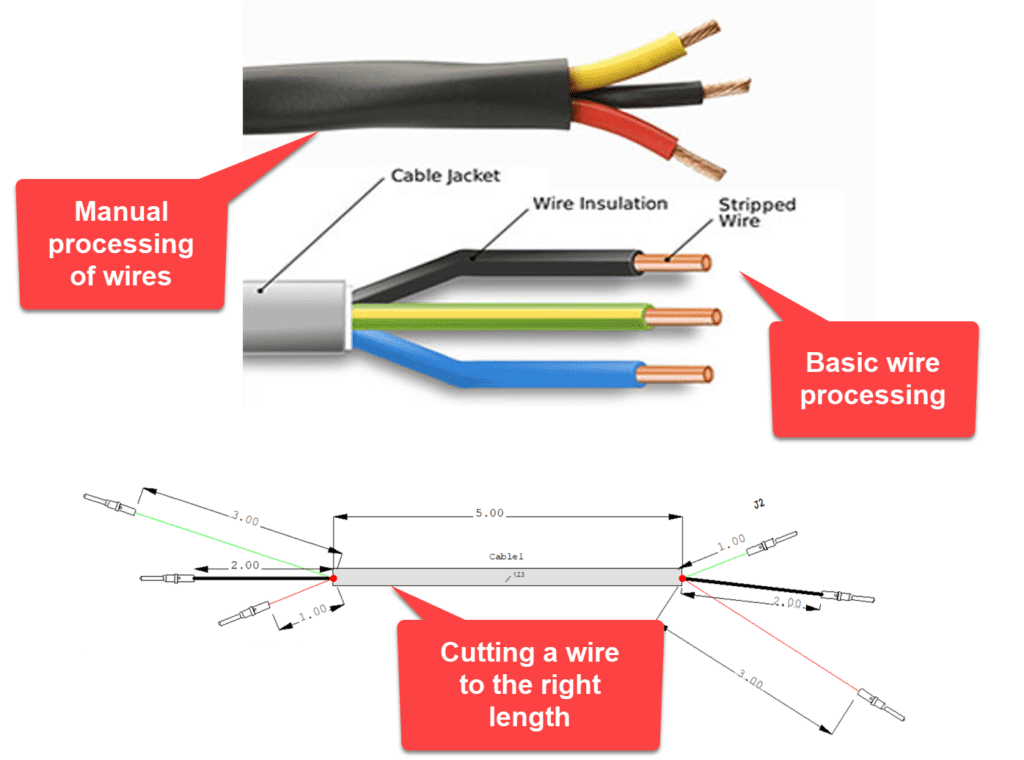
In fact, almost all analysis of the harness manufacturing processes points to manual wire processing as the biggest bottleneck to increasing throughput. Unsurprisingly, automated wire processing provides one of the highest returns on investment among all the electrical manufacturing automation options. Automated wire processing is a multi-step process and requires a holistic design-to-manufacturing approach. There are many critical considerations for successfully adopting an automated wire processing system. The top 5 most common in order of priority in the industry are as follows.
- Establishing Wire Processing Requirements
- Formulating budget and space requirements
- Modernizing Design tools and processes
- Managing wires and components
- Setting up end treatments and wire cutting standards
Establishing Wire Processing Requirements
The first step in setting up automated wire processing is establishing the critical requirements. It is crucial to take stock of the wires, end treatments, markings, and bundling most commonly used across projects. Setting up automated wire processing for a few wires is not cost-effective and often does not save any time either.
For instance, the gauge of wire and the number of end treatment options in the project will help narrow the types of machines best suited for your application. The machines have a limited number of concurrent Dies (molds) available for wire gauge and end treatment options. Similarly, another requirement is for wire markings. The types of marking will determine the machine choices and the subsequent workflow. After solidifying the requirements, the next factor is the budget and space for the machine.
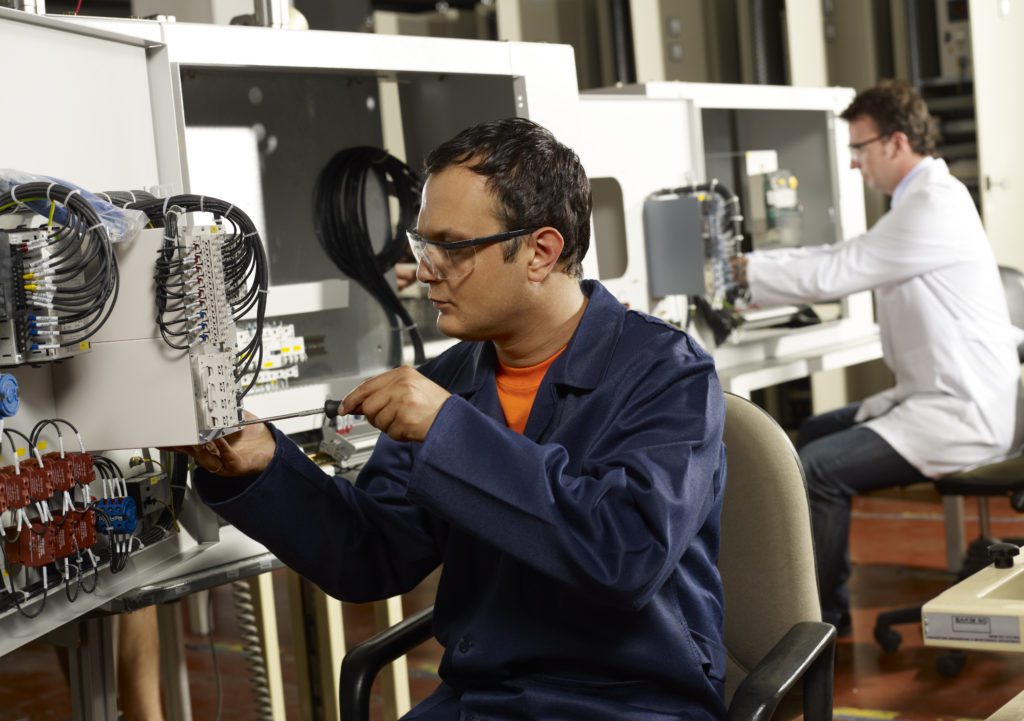
Formulating Budget and Space Requirements
Wouldn’t it be nice to have the budget to get everything you need, want, and then some? As with everything, the cost rises with the capabilities and options of the device. The cost of a fully automated wire processing machine capable of processing six-wire types, twelve end treatments, and having an accurate laser wire marking option will be many times more than a simple wire cutting machine. The frequency of the project and the number of wires in a project will determine the best return on investment.
Another consideration is space! Even if the budget is there for a top-of-the-line wire processing machine, the size of the machine could be incompatible with the manufacturing floor. The space utilization factor is a major consideration in deciding the type of machine and the manufacturing workflow. In addition to determining the budget and the machine footprint, ensuring that the design process and platform accurately capture the manufacturing details is crucial.
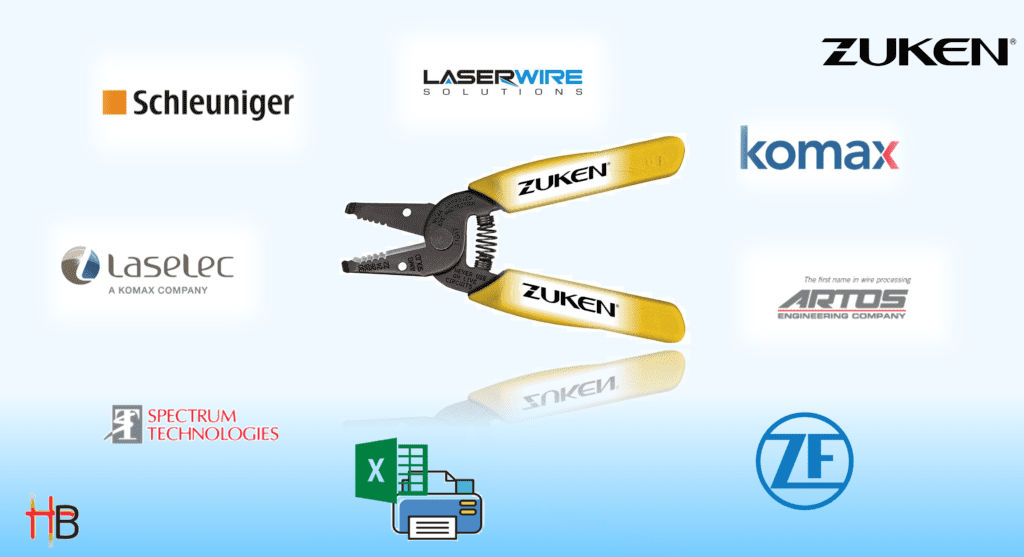
Modernizing Design Process and Platform
The design process must support the wiring of the logical design before assembly or production can begin. The design solution plays a critical role in facilitating the optimal process flow. Suppose the design process or the solution is complex and prone to errors. In that case, automation will only make the mistakes come up faster. As a result, slowing the overall throughput of the harness manufacturing process.
A purpose-built design solution provides the foundation for storing wiring, connector, pin data, and wire lengths, creating a complete package to drive the automatic wire processing machines. For instance, Harness Builder for E3.series, with its 1:1 scale formboard harness drawings, captures the wire lengths, type, color, and end termination details. The wiring information is consistent across the schematic and formboard, along with logical and manufacturing data. The wire processing outputs are available for leading wire cutting machines to produce the wires for assembly. Once the design platform is ready, the next step is to consistently store the manufacturing and assembly details.
Managing Wire and Component Details
Engineering teams are always looking for efficiencies to improve the design time. As a result, engineering teams have no incentive to undertake the overhead of storing and tracking manufacturing requirements. Moreover, electrical designers don’t necessarily store manufacturing data for harnesses and cabinets in design projects. Often, manufacturing tricks are tribal knowledge learned through trial and error on the shop floor.
The most important information relates to the properties of the wires, logical connectivity, and technical details of the components. For instance, the design team can avoid common mistakes if the minimum and maximum wire sizes for any connection are readily available. Ideally, the design solution automatically ensures the wire sizes match the component data. Similarly, capturing component dimensions, physical restrictions, and operational requirements all aid in ensuring the accuracy of the design. The more details about the device and wiring available in the early stages, the better a design solution can drive automated wire processing tools.
Notably, engineering teams are more inclined to capture manufacturing details early if the process is easy and efficient. The accuracy of the design plays an outsized role in the success of any design-to-manufacturing process. One of the most critical factors for success is the depth of manufacturing practices captured in the design libraries and their use in active and passive design rule checks. Since design tools often dictate the type and fidelity of the data captured during the design phase, the right tool can supercharge the process.
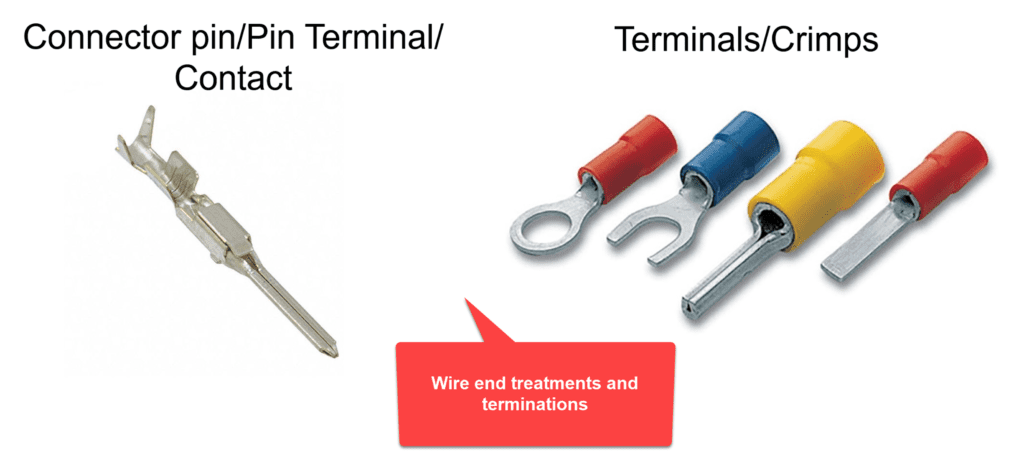
Setting up end treatments and wire cutting standards
Automating Wire End Treatments
Shop floor technicians can attest to the labor-intensive and time-consuming nature of applying end treatments to wires. Automatically adding end treatments to wires provides a massive efficiency boost for the assembly process. However, unlike picking an end treatment from a parts store, automated end treatment for wires requires some planning. Notably, it is a straightforward process to get right. The most important aspect to remember is the limitation of the number of end treatments available for automatic application at any given time.
The automatic applicator for wire end treatments contains only a limited selection. There are many molds available in the market. However, the machines typically can only hold a limited number. As a result, narrowing the end treatment options in the design phase can have a multiplying effect on productivity during the manufacturing phase. Changing molds and options leads to a higher downtime for machines resulting in fewer wires. The automatic end treatments improve the quality of the wiring and improve margins by reducing the types of treatments.
Cut, Mark, and Strip Settings
Automated wire cutting machines have come a long way from simply cutting wires single spool based on input length. The intelligence behind automatic machines has been growing at a breakneck speed. The ability to bundle and sequence wires and, in some cases, complete the connector wiring pushes design further into the digital interoperability space. As a result, the information capture and reporting process must grow with the requirements of the production process.
Overlooking the data required by the wire processing machines and matching the data to the manufacturing requirements is among the biggest and most common mistakes during the implementation process for automated wire processing. For instance, intelligent design platforms like E3.series and the associated Harness Builder package capture design data at all levels to enable the engineering team to drive the details in the manufacturing space. However, suppose the data is not available in the design library. In that case, there is very little the application can do to provide the manufacturing data.
Devices have different requirements for the strip length of the wires. For instance, a connector from one brand will differ for the strip length requirements. So, capturing the strip length requirements with the connector during the design process enables the automation of the wire processing machines. Similarly, the marking requirements for the wires and the length consideration for various wiring scenarios can ensure a seamless and efficient wiring process.
Conclusion
Technological advancements in wire processing have supercharged the wire harness and cabinet manufacturing process in the last few years. Today’s machines are more than just cut, mark, and strip machines. Impressive automation options help process multiple wires, end treatments, wiring sequence, and even wire insertion into connectors. As a result, it is more important than ever to have a robust design process to capture design intent, assembly instructions, and manufacturing details. Capturing the data upstream helps efficiently drive the downstream automation processes. Automated wire processing is one of the few solutions that help improve wiring quality helps while also reducing assembly overheads.
Do you want to discuss connecting your design processes to automated wire processing and design best practices for manufacturing automation? Contact us to set up a call. Check the Harness Builder for E3.series solution for automated design options and driving automated testing, labeling, and other manufacturing automation solutions. Also, we will be at the annual Electrical Wire Processing Technology Expo. Join us to see the advancements in wire harness manufacturing automation.
Related Products & Resources
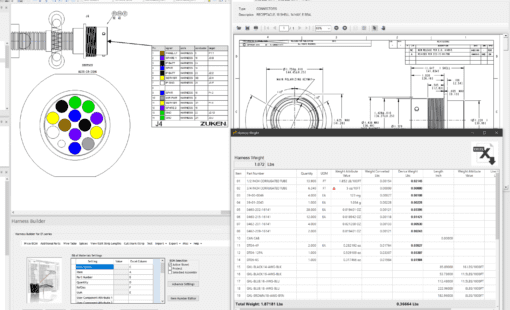
- Products
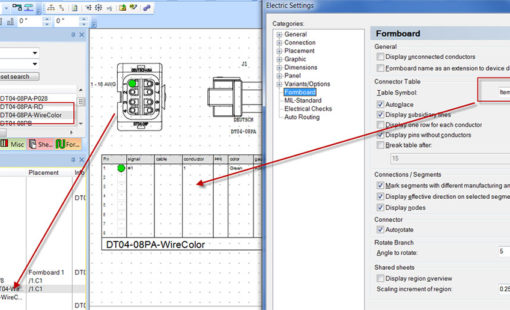
- Products
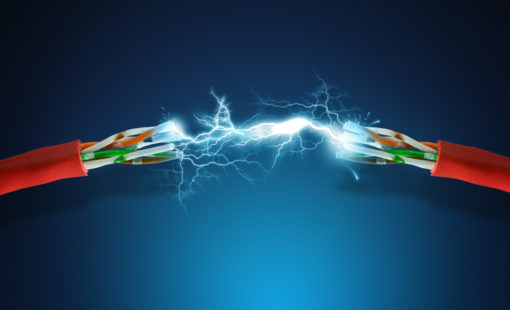
- Products
E3.series is a Windows-based, scalable, easy-to-learn system for the design of wiring and control systems, hydraulics and pneumatics. The out-of-the-box solution includes schematic (for circuit and fluid diagrams), cable (for advanced electrical and fluid design), panel (for cabinet and panel layout), and formboard (for 1:1 wiring harness manufacturing drawings). Integrated with MCAD, E3.series is a complete design engineering solution from concept through physical realization and manufacturing output.

